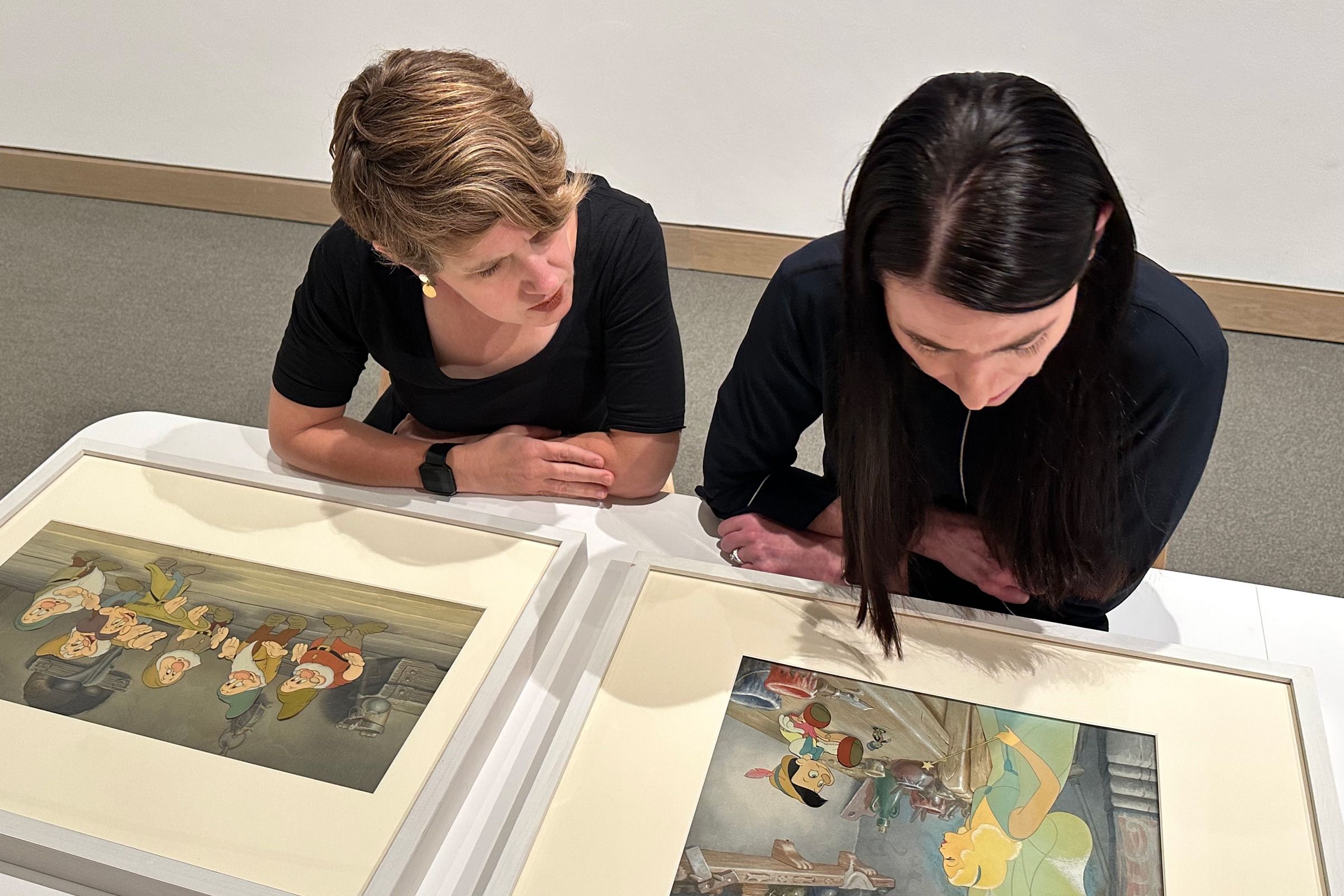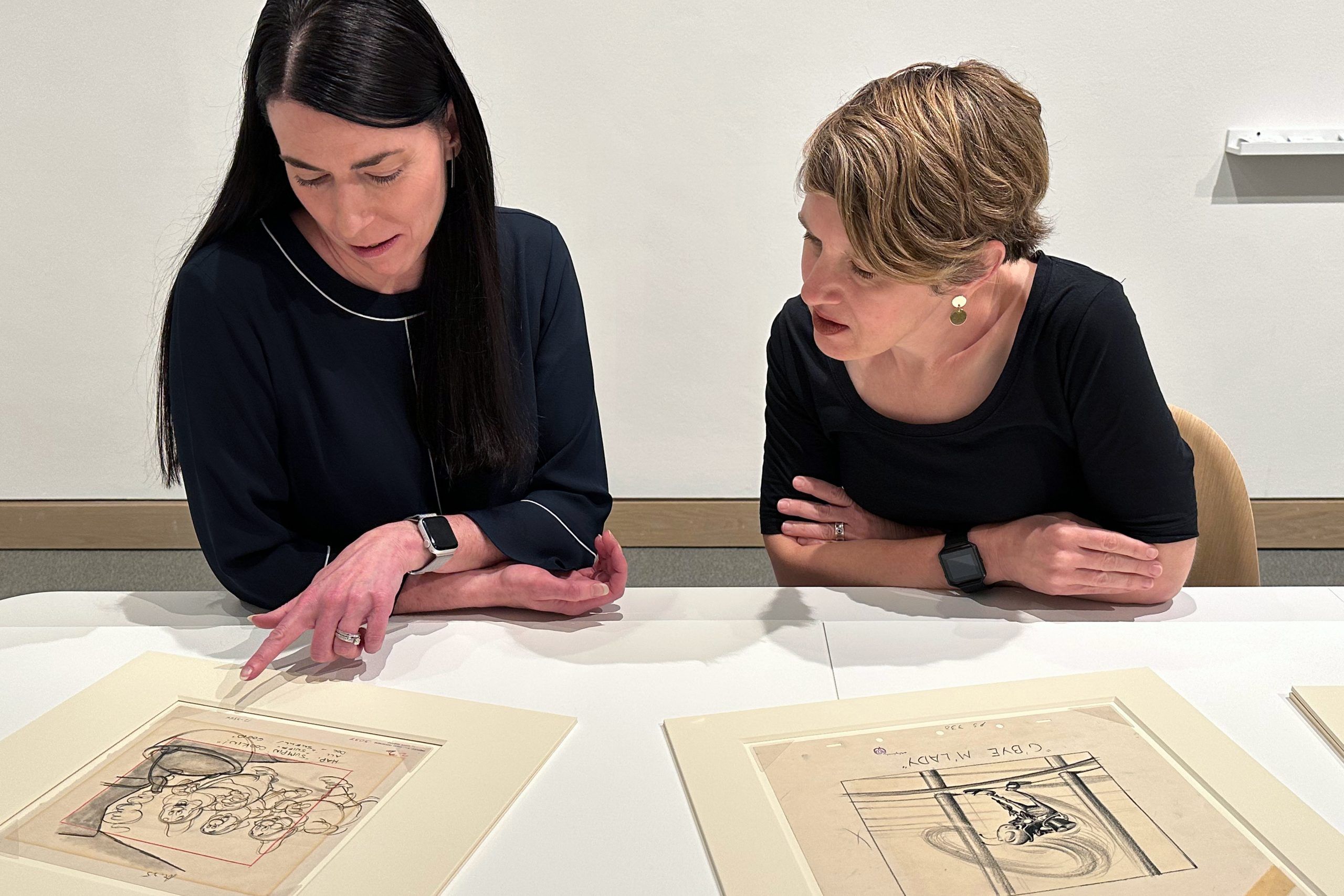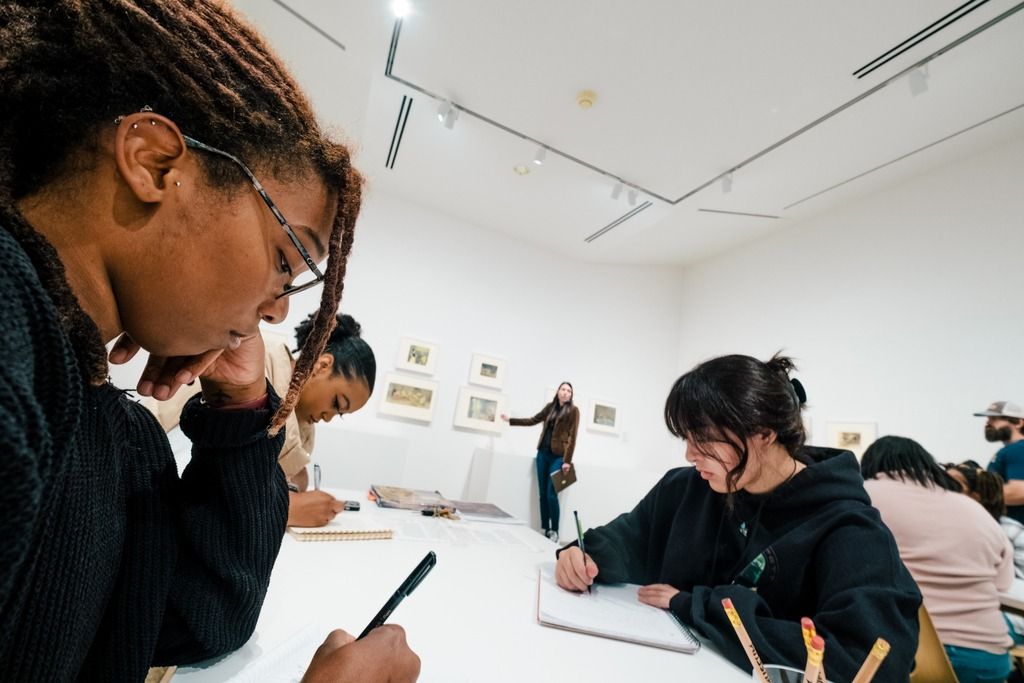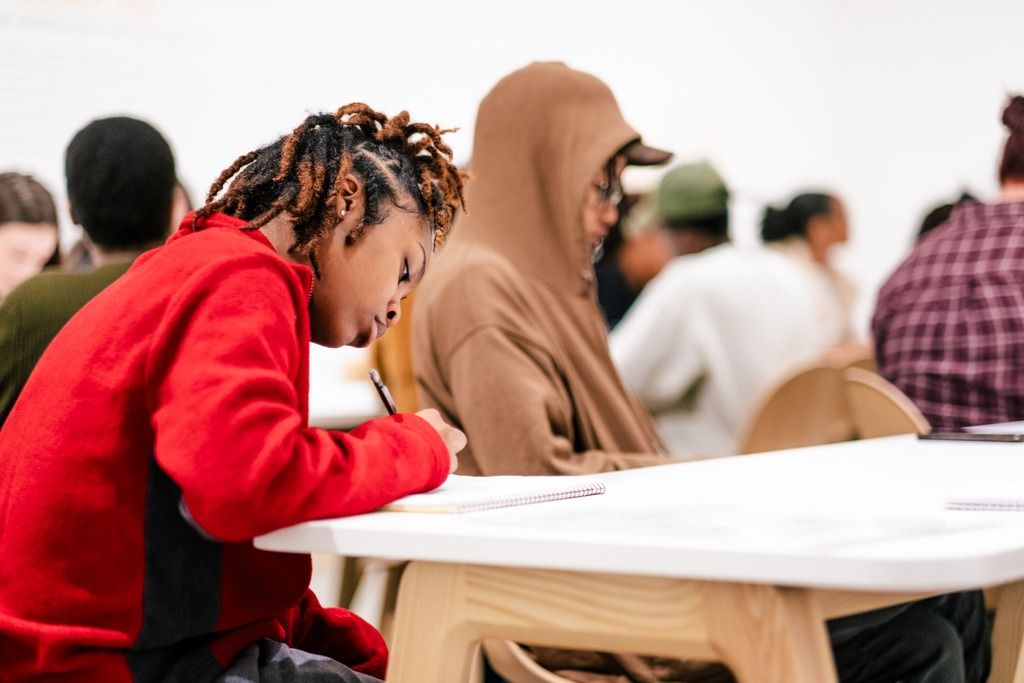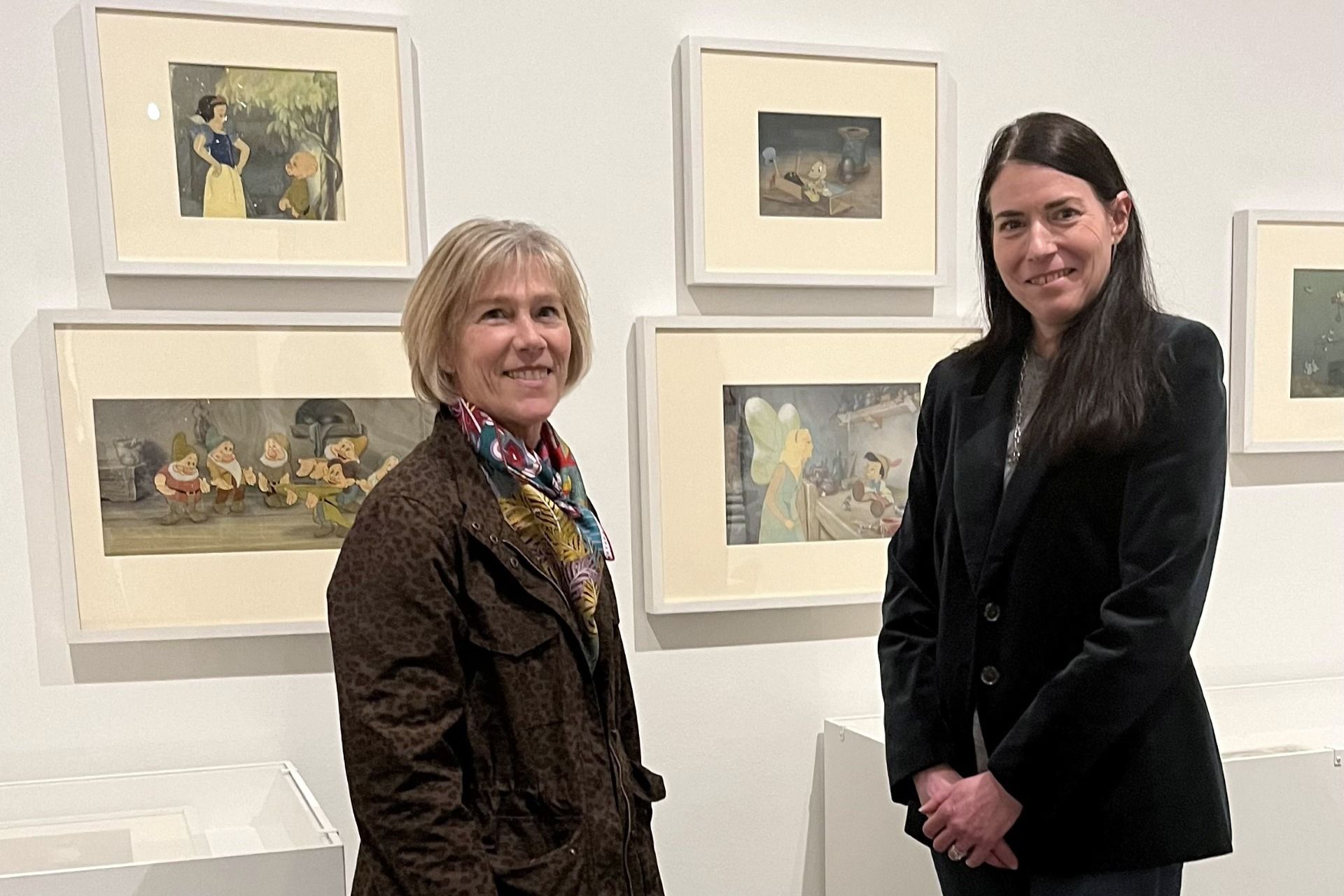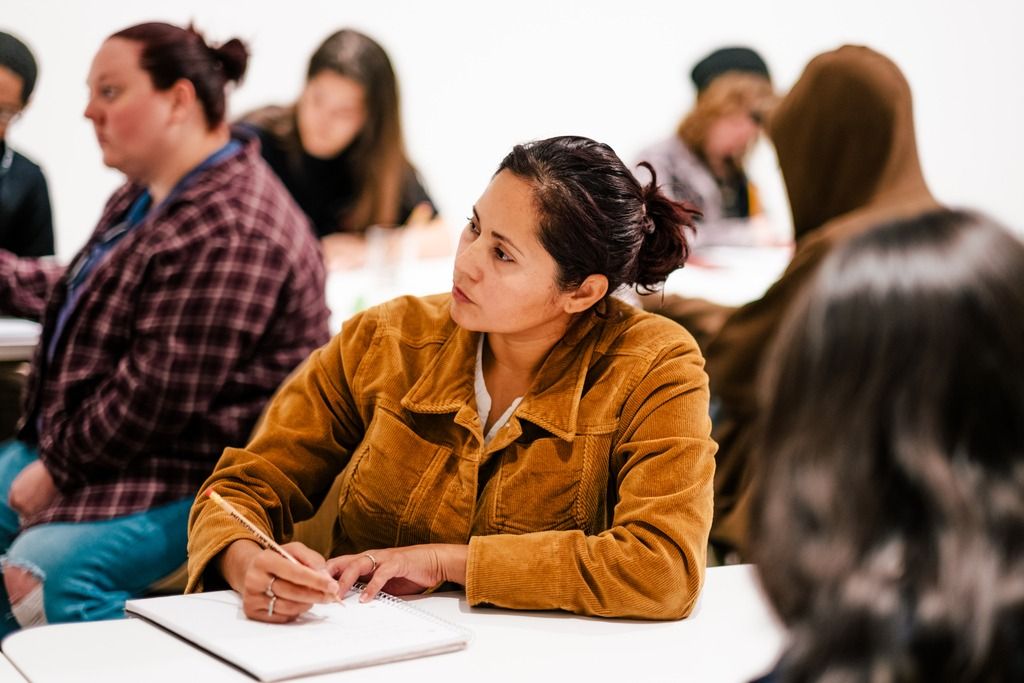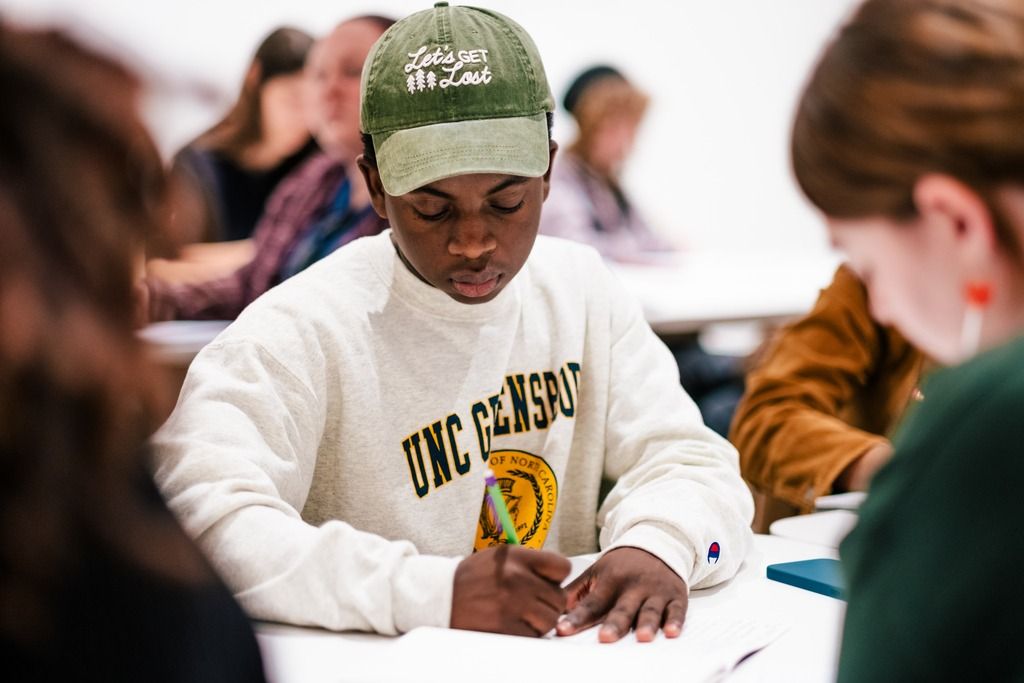DISNEY ON DISPLAY
Plenty of kids go to Disneyland with their parents, but few come home with a lifelong career inspiration.
Heather Holian found hers in an art gallery above the Pirates of the Caribbean attraction. “My parents are artists, and we talked about the Disney production art that was on display just as seriously as they would talk to me about Michelangelo or Van Gogh,” she says.
When Holian got back to school and opened her art survey book, Walt Disney’s name wasn’t in it. “Even when I got into grad school, you couldn’t study the art of Disney,” she says.
Now as associate director of the School of Art and a professor of art history, Holian has ensured that UNCG College of Visual and Performing Arts students have a broader, more inclusive definition of art. It’s all thanks to a collection of Disney originals, which Holian arranged to be loaned to the Weatherspoon Art Museum.
The collection is comprised of original works of art from Walt Disney Studios’ “Golden Age,” including “Snow White,” “Pinocchio,” “Fantasia,” “Dumbo,” and “Bambi.”
Story highlights
Dr. Holian is one of three art historians specializing in Disney. Her recent work with the Weatherspoon brought original Disney cels to UNCG, expanding students’ concepts of art and collaboration.
“There is absolutely no substitute for seeing a work of art in person, whether you’re talking about a Michaelangelo sculpture or a Disney cel of ‘Snow White,’” says Holian, seen above with Stamey and teaching students in the exhibit space. Holian conducted the work as the Weatherspoon Art Museum’s Benjamin Faculty Fellow.
“Each production cel has to be individually hand-painted and animated to show movement,” Dr. Holian explains. In a group of art from “Pinocchio,” for example, one cel depicts Geppetto and Pinocchio on a raft. Another cel depicts the waves crashing around them. Yet another is of them in the boat.
At once, the scale of these original drawings makes their artists feel more relatable. Eraser marks hint at the artist’s thought process. Narrowing and widening pencil marks show the artist’s skill in creating movement. In the margins of each cel, handwritten notes from one artist to another reveal important collaborations.
To examine collaborative processes like these, Holian spent a decade collecting interviews with Pixar artists, directors, and animators. “In a lot of conversations, Pixar artists would say to me, ‘If you took one person out of this team, you’d have a whole different dynamic,’” Holian says. “Each person brings their own ideas, inspirations, life histories. It’s like a pot of soup; if you add different ingredients to the recipe, you get a different product in the end.”
Her work in understanding the role of individual contributors gives valuable background and insight to students as they grasp the value of diversity, collaboration, and individuality in the production process.
Dr. Emily Stamey, head of exhibitions at Weatherspoon Art Museum, worked with Holian to select the pieces for the fall 2023 exhibition.“We so often imagine artworks as the outcome of singular individuals alone in their studios,” she says.
“Understanding how those collaborations happen can resonate with so many other parts of our lives.”
Holian knows of only two other art historians focused on Disney, and she is the only one to ever study Pixar in depth. But her latest focus is on the impact of Disney in the art world.
“Looking at a variety of primary source materials, I’m trying to reconstruct how many exhibitions there were, where, who saw them, and what was in them. And then we get into these interesting years where Disney art was actually sold.”
From 1938 to 1946, Holian says, one gallery owner had exclusive rights to sell Disney artwork, and during this eight-year period thousands purchased the art, including museums. Tracking these purchases and exhibits led her to a contemporary owner with a substantial number of pieces, which would make up the Weatherspoon exhibit. “They were in unbelievably good condition. The launch of the exhibit also dovetailed with the launch of our BFA animation program.”
In order to highlight the artistry of animation, Holian introduces her students to unique personalities who forever changed the industry.
“Beyond limited onscreen crediting, the names of most Disney animation artists weren’t publicly known until the ‘50s—and even then, it was still a small number of names,” she says.
Holian is especially interested in sharing the stories of artists from traditionally underrepresented groups.
“The art director of ‘Bambi’ was a Chinese immigrant named Tyrus Wong who fought racism, got a job at the studio, and produced one of the most beautiful Disney films. Mary Blair was one of the first women Imagineers at Disney and arguably one of the most influential artists in the history of the Disney studio – she was the guiding force behind the design of ‘Cinderella,’ ‘Alice in Wonderland,’ and ‘Peter Pan.’”
Holian hopes students will recognize themselves in these artists who paved the way for diversification in animation.
“I’m trying to make history relatable so students can see the history is not perfect, that a lot more can be done, and that they are the future. I want them to feel empowered by these individuals who were the first.”
